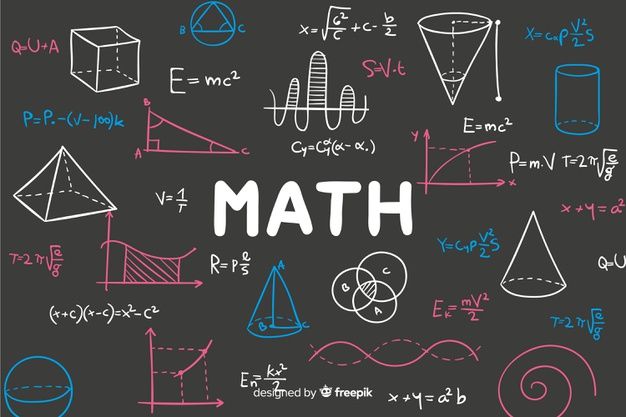Complex Numbers
Published On :2021-03-07 18:00:00

One way is to define it as an extension field of the real numbers, C = R[i] where i is a root of the real polynomial x² + 1.
Sums and Products
Definition. The field of complex numbers, C, is the set of ordered pairs of real numbers: C = {(x, y) | x, y ∈ R}, where addition is defined as
and multiplication is defined as
[left( {{x_1},;{y_1}} right)left( {{x_2},{y_2}} right); = ;left( {{x_1}{x_2}; - ;{y_1}{y_2},{y_1}{x_2}; + ;{x_1}{y_2}} right)] Note. As you might expect, we denote z = (x, y) ∈ C as z = x+iy. Geometrically, C is the same as the Cartesian plane, R² (however they are different algebraically; we do not multiply elements of R² together, say. . . though if we take R² as a vector space, then we can add elements). So we can associate any element of C with a point in R². When doing so, we call the x-axis the “real axis” and call the y-axis the “imaginary axis.” We have:
For z ∈ C, we denote x = Re(z) (the " real part of z ") and y = Im(z) (the " imaginary part of z ").
Notice that z = Re(z) + i Im(z), where i = (0, 1).
Note. With (0, 1) denoted as i, we have by the definition of multiplication that
i² = (0, 1)(0, 1) = ((0)(0) - (1)(1), (1)(0) + (0)(1)) = (-1, 0) = -1 + i0 = -1.
i² = (0, 1)(0, 1) = ((0)(0) - (1)(1), (1)(0) + (0)(1)) = (-1, 0) = -1 + i0 = -1.